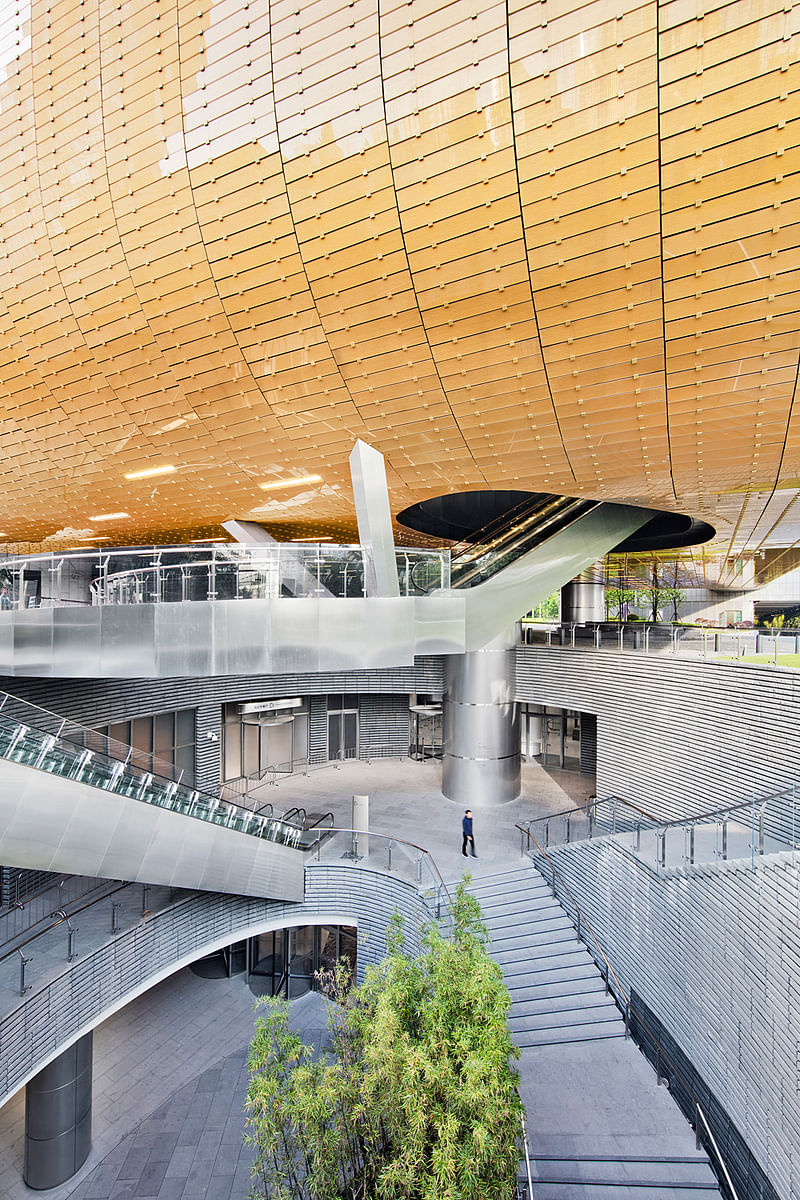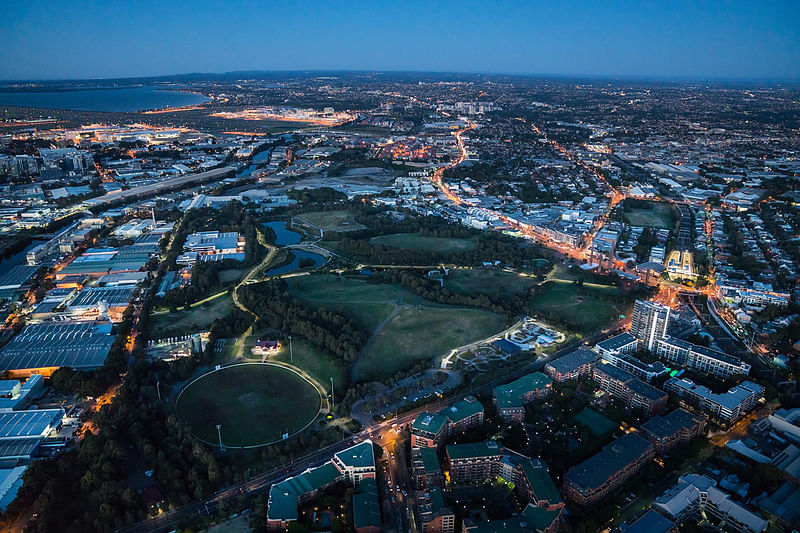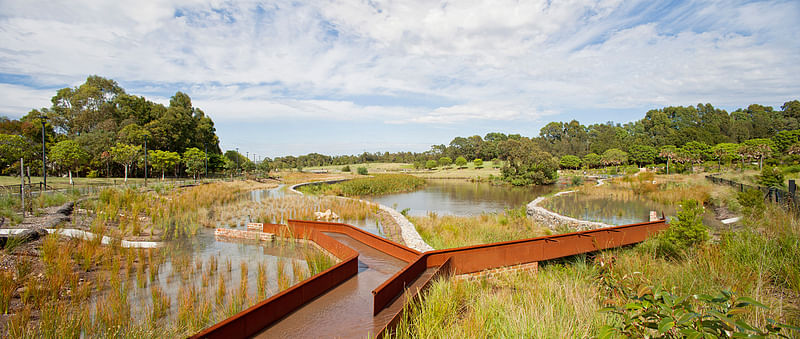
Inaugural American Architecture Prize names three Architects of the Year
By Justine Testado|
Monday, Oct 17, 2016
Related
Architects worldwide had a shot at recognition in the inaugural AAP American Architecture Prize, which scopes out the very best projects in architecture, landscape, and interior design based on form, function, and innovation. Most recently, the AAP revealed three projects as the winning Architects of the Year:
- Architectural Design Of The Year: Dan Winey of Gensler – Shanghai Tower
- Interior Design Of The Year: McBride Charles Ryan – The Infinity Centre, Penleigh and Essendon Grammar School
- Landscape Architecture of The Year: Turf Design Studio & Environmental Partnership with Alluvium, Turpin + Crawford Studio, Dragonfly Environmental and Partridge – Sydney Park Water Re-use Project
Additionally, the notable jury — which included familiar names like UNStudio principal Ben Van Berkel and Mass Design Group founders Alan Ricks and Michael Murphy — awarded Platinum, Gold, Silver, Bronze, and Honorable Mention titles to projects across 41 categories. The Architects of the Year will be presented with an AAP Trophy at the Cooper Hewitt Smithsonian Design Museum on October 25.
Get a glimpse of the top-winning designs below.
Architectural Design Of The Year: Dan Winey – Shanghai Tower




Project summary: “As the tallest building in China, Shanghai Tower, designed by Gensler, has had an immediate and profound impact on the country’s perceptions of how a skyscraper can contribute to a city, a country, and a culture. Not only does it rise over Shanghai as a new symbol for its modern emergence on the global stage, but also points the way forward for technical innovation accomplished within the parameters of a Chinese cultural identity. Powerful in form yet delicate in appearance, Shanghai Tower would be a graceful addition to any skyline, but its function, identify, and symbolism are firmly rooted in the needs of its specific site.”
Interior Design Of The Year: McBride Charles Ryan – The Infinity Centre, Penleigh and Essendon Grammar School




Project excerpt: “The Infinity Centre, the new campus for Penleigh and Essendon Grammar School senior students, is derived from the initial idea that the library is central to the school. The building reflects the ethos of the school in delivering spaces for heightened educational outcomes with an image that strongly reflects its identity. At a practical level, the Infinity Centre provides all the structured areas required of such a facility: arts, sciences, mathematics, languages, a library, a formal lecture theatre, administration and staff facilities. Beyond this, the building is developed as an abstraction of the infinity symbol; an emblem that appears on the school’s logo. The symbol represents the school’s approach to continued learning, as well as the interconnectedness of activities within its organisation. Importantly, the key quality of the symbol is its connectivity; a recognisable topology that allows its meaning to withstand formal deformation. At the centre of the infinity plan, where all the wings cross over, is the library: it is itself an infinite resource, a place to which one continually arrives and returns. Concepts of fluidity and connectivity are evident in the building’s exterior form.”
Landscape Architecture of The Year: Turf Design Studio & Environmental Partnership with Alluvium, Turpin + Crawford Studio, Dragonfly Environmental and Partridge – Sydney Park Water Re-use Project




Project excerpt: “Much has been achieved over the past two decades to transform the Sydney Park site from its former post-industrial history and waste disposal, into 44 hectares of parkland and a vital asset for the growing communities of Sydney’s southern suburbs. This project forms City of Sydney’s largest environmental project to date, built in partnership with the Australian Government through the National Urban Water and Desalination Plan. It is an integral component of Sustainable Sydney 2030; targeting 10% of water demand to be met through local water capture and re-use in the park...The result is an interwoven series of community infrastructures and ‘made’ systems - water re-use, recreation, biodiversity and habitat all integrated within the physical fabric of Sydney Park. The bio-retention wetlands not only capture and clean the equivalent measure of 340 Olympic-sized swimming pools worth per annum, but will successfully improve local water quality, habitat and reduce potable water consumption in the area...”
Find the full list of winners and project details here.

Share
0 Comments
Comment as :